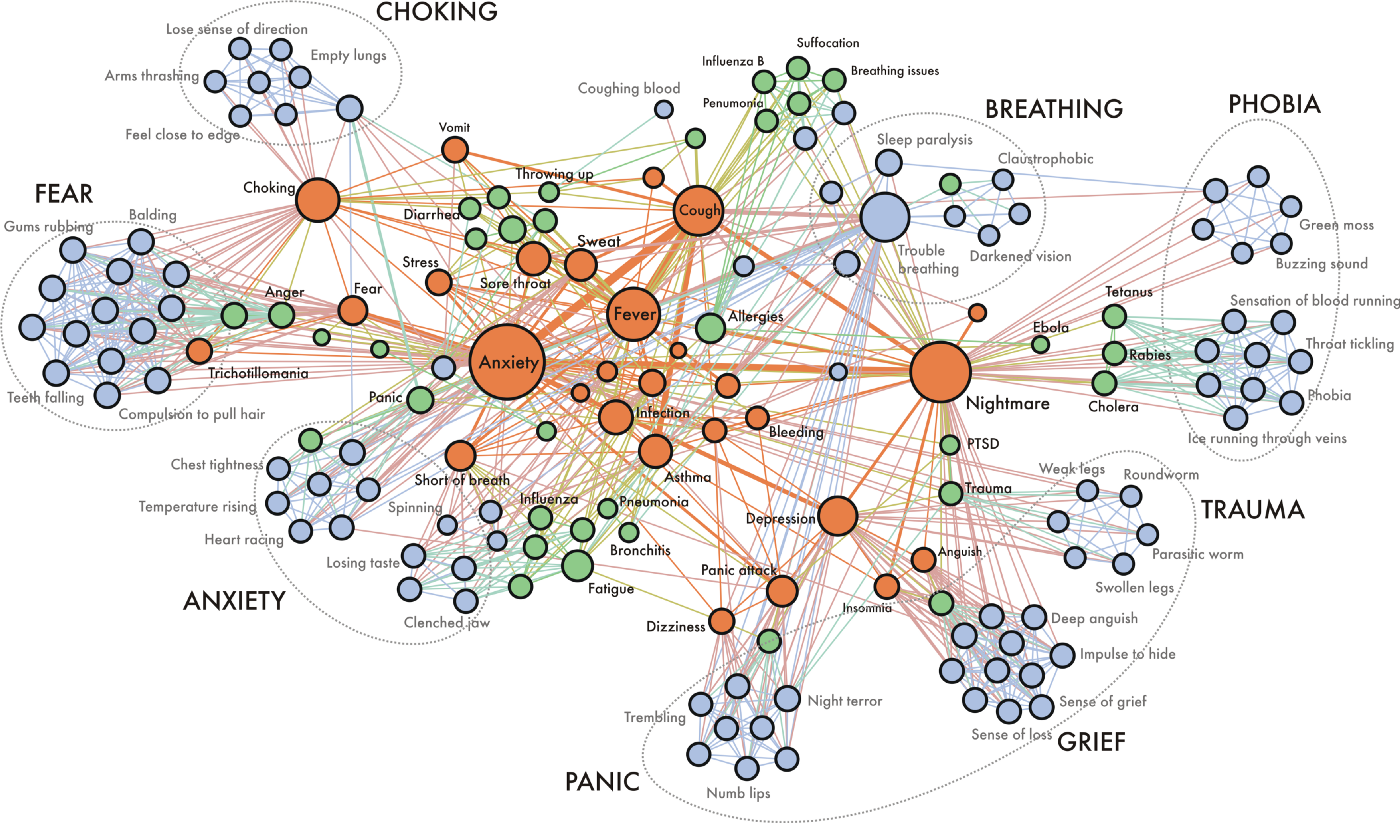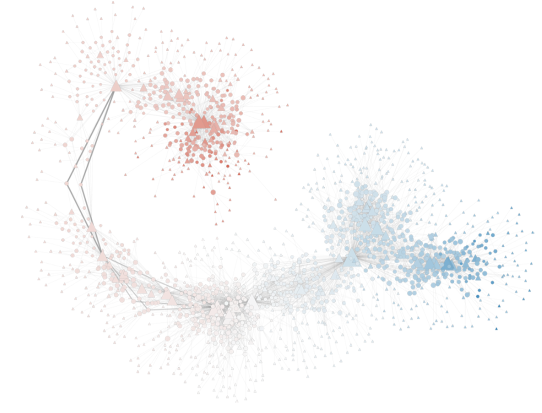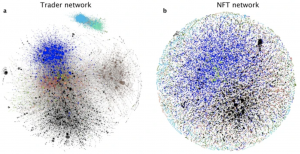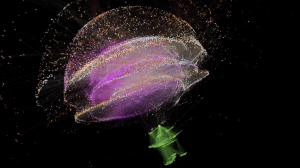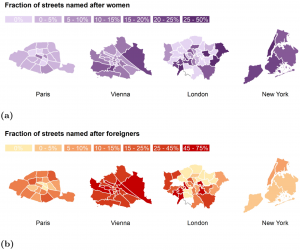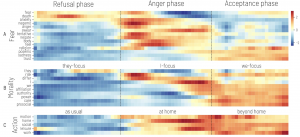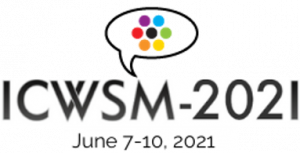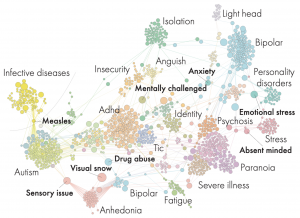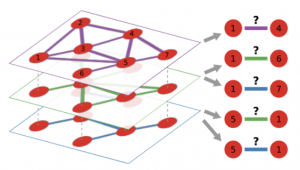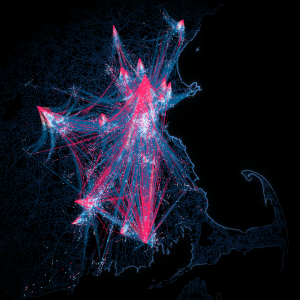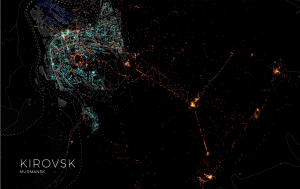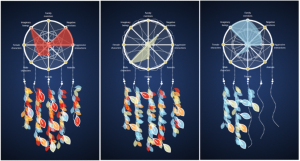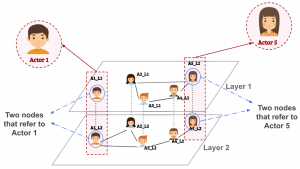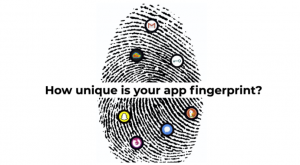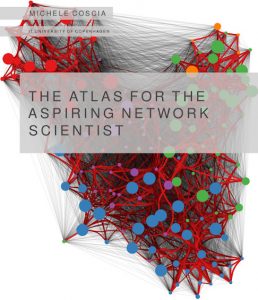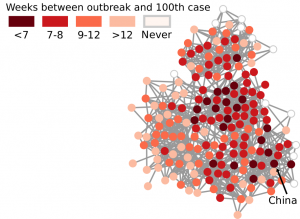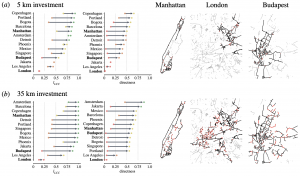We start the spring with two new papers:
-
- Measuring Violence: A Computational Analysis of Violence and Propagation of Image Tweets From Political Protest, by L. Rossi, C. Neumayer, J. Henrichsen, and L.K. Beck, published in Social Science Computer Review
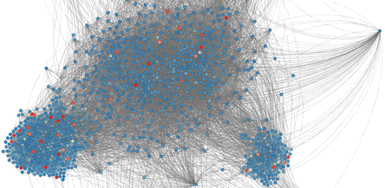
We investigated the impact of violence on the propagation of images in social media in the context of political protest. Using a computational approach, we measure the relative violence of a large set of images shared on Twitter during the protests against the G20 summit in Frankfurt am Main in 2017. This allows us to investigate if more violent content is shared more times and faster than less violent content on Twitter, and if different online communities can be characterized by the level of violence of the visual content they share. The level of violence in an image tweet does not correlate with the number of retweets and mentions it receives that the time to retweet is marginally lower for image tweets containing a high level of violence and that the level of violence in image tweets differs between communities. - Automated Detection of Missing Links in Bicycle Networks, by A. Vybornova, T. Cunha, A. Gühnemann, and M. Szell, published in Geographical Analysis
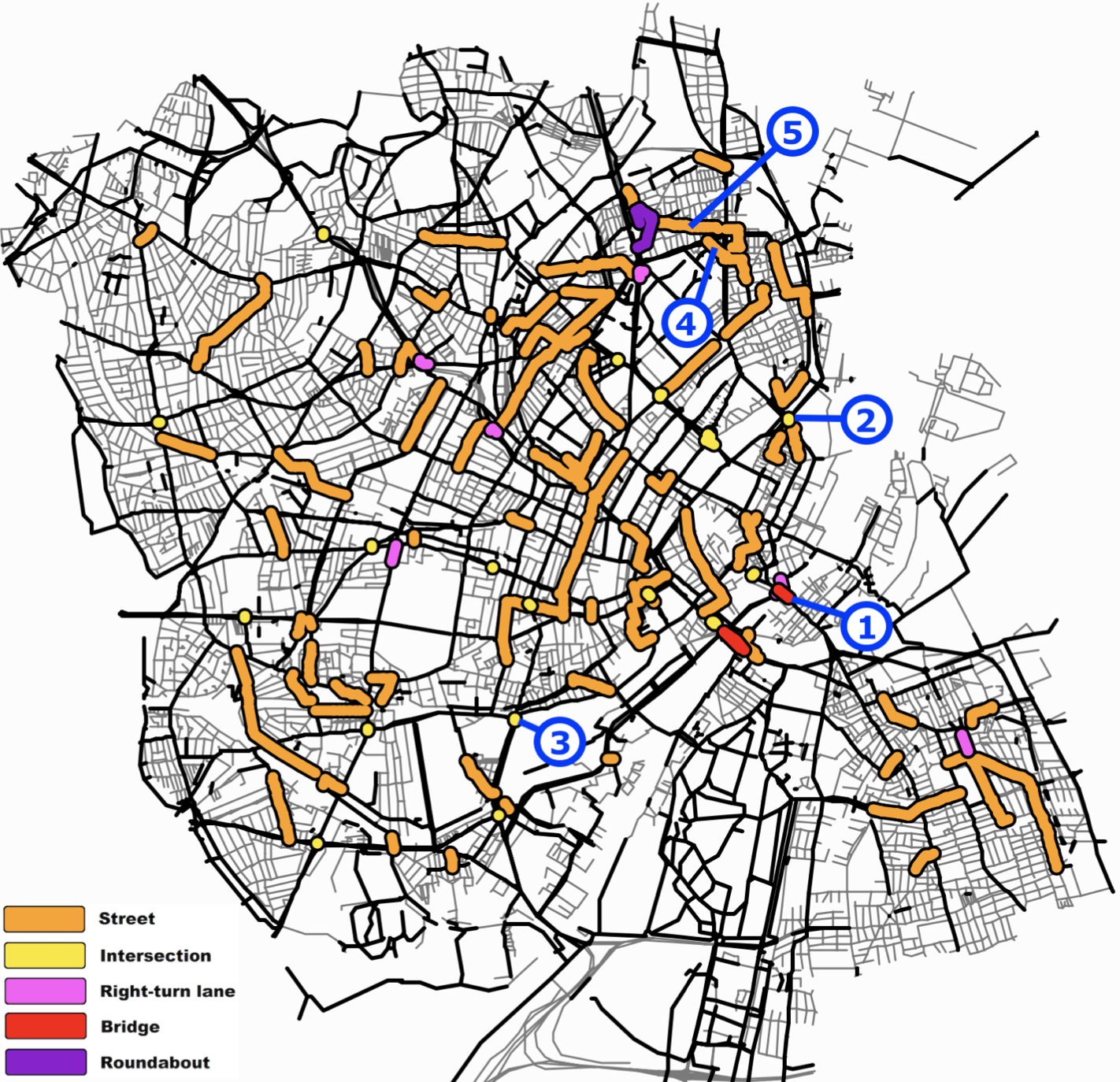
Here, we develop the IPDC procedure (Identify, Prioritize, Decluster, Classify) for finding the most important missing links in urban bicycle networks, using data from OpenStreetMap. In this procedure we first identify all possible gaps following a multiplex network approach, prioritize them according to a flow-based metric, decluster emerging gap clusters, and manually classify the types of gaps. We apply the IPDC procedure to Copenhagen and report the 105 top priority gaps. For evaluation, we compare these gaps with the city’s most recent Cycle Path Prioritization Plan and find considerable overlaps. Our results show how network analysis with minimal data requirements can serve as a cost-efficient support tool for bicycle network planning.
We also developed an interactive visualization of our results at: fixbike.net
- Measuring Violence: A Computational Analysis of Violence and Propagation of Image Tweets From Political Protest, by L. Rossi, C. Neumayer, J. Henrichsen, and L.K. Beck, published in Social Science Computer Review

